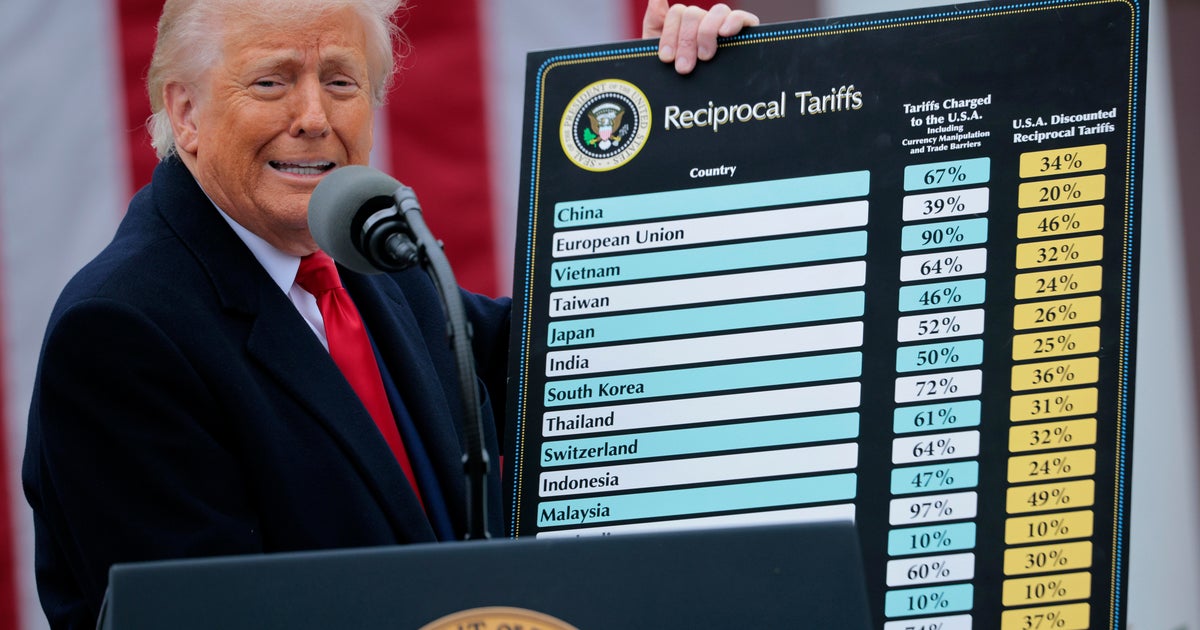Articles in this Cluster
04-07-2025
President Trump announced a tentative trade deal with Vietnam ahead of a July 9 deadline for reinstating broad U.S. tariffs. He said the U.S. will impose 20% tariffs on Vietnamese imports and 40% on transshipped goods, while Vietnam would open its market to U.S. products at zero tariffs. Details remain unclear and Vietnam has not confirmed the agreement. The move follows Trump’s earlier plan for sweeping tariffs, briefly paused after market concerns, which he says aim to reduce U.S. trade deficits.
Entities: Donald Trump, United States, Vietnam, U.S. tariffs, trade deal • Tone: analytical • Sentiment: neutral • Intent: inform
04-07-2025
The U.S. added 147,000 jobs in June, beating expectations, and unemployment fell to 4.1%. This contrasts with ADP’s report showing a 33,000 drop in private jobs, a divergence partly explained by strong government hiring (+73,000) that ADP doesn’t capture, highlighting a split between public/health/education sectors and the rest of the labor market. U.S. stocks hit new records (S&P 500, Nasdaq), the 10-year Treasury yield rose, and Europe’s Stoxx 600 gained. Apple’s iPhone sales in China grew 8% year over year in Q2, the first increase there in two years. The House passed President Trump’s narrow 218-214 tax-and-spending bill; amendments eased pressure on European renewables. A new U.S.-Vietnam trade deal set a 20% duty on Vietnamese imports (down from 46%), with no tariffs on U.S. exports to Vietnam—seen as a sign tariffs may trend higher overall, not lower.
Entities: U.S. jobs report, ADP employment report, S&P 500, 10-year Treasury yield, Apple iPhone sales in China • Tone: analytical • Sentiment: neutral • Intent: inform
04-07-2025
- Trump announced a U.S.-Vietnam trade pact imposing a 20% tariff on Vietnamese goods and a 40% tariff on transshipped goods originating elsewhere, targeting Chinese rerouting through Vietnam.
- Economists say scant details create major uncertainty: defining “made in Vietnam” vs. transshipment and setting rules-of-origin thresholds will be difficult and could either minimize impact or cause significant disruption if Chinese content is broadly penalized.
- Vietnam’s U.S. trade surplus has surged as Chinese firms shifted production there; enforcing targeted levies would largely fall to Hanoi via origin certification.
- The deal may serve as a template for other U.S. agreements, likely including anti-transshipment measures, U.S. purchase commitments, and provisions pressuring China, similar to elements seen in the recent U.S.-U.K. pact.
- China criticized the move but is likely to wait for clarity before responding, while monitoring how other countries negotiate with Washington.
- Analysts suggest the pact implies ultimate tariffs on Chinese goods will not drop below 40%, to avoid incentivizing a shift back to direct production in China.
Entities: United States, Vietnam, China, Donald Trump, tariffs • Tone: analytical • Sentiment: neutral • Intent: inform
04-07-2025
- US-Vietnam trade deal: Washington and Hanoi agreed to cut US tariffs to 20%, easing months of uncertainty. Analysts say most Chinese exporters operating in Vietnam will stay, seeing the outcome as better than expected.
- Beijing military parade: An autumn parade is expected to showcase hardware and history to send calibrated signals, with Taiwan not the central focus but implicit messaging anticipated.
- China-Airbus moves: China is close to a major Airbus purchase, potentially 100–200 aircraft, further sidelining Boeing even as some Chinese carriers still depend on its jets.
Entities: United States, Vietnam, China, Beijing, Airbus • Tone: analytical • Sentiment: neutral • Intent: inform
04-07-2025
The new US-Vietnam trade deal sets a 20% tariff on Vietnamese goods but adds a 40% tariff on goods deemed “transshipped” through Vietnam, aiming to curb tariff evasion via third countries. While Vietnamese exporters welcomed the lower base tariff versus earlier threats, analysts warn the transshipment clause is vague and could be widely applied, creating compliance uncertainty, raising costs, and affecting supply chains across Asia—especially where components or final assembly span multiple countries. The measure could deter firms from routing China-linked production through Vietnam, prompt stricter origin verification, and potentially spill over to other regional trade relationships.
Entities: United States, Vietnam, South China Morning Post, transshipment clause, tariff evasion • Tone: analytical • Sentiment: neutral • Intent: inform
